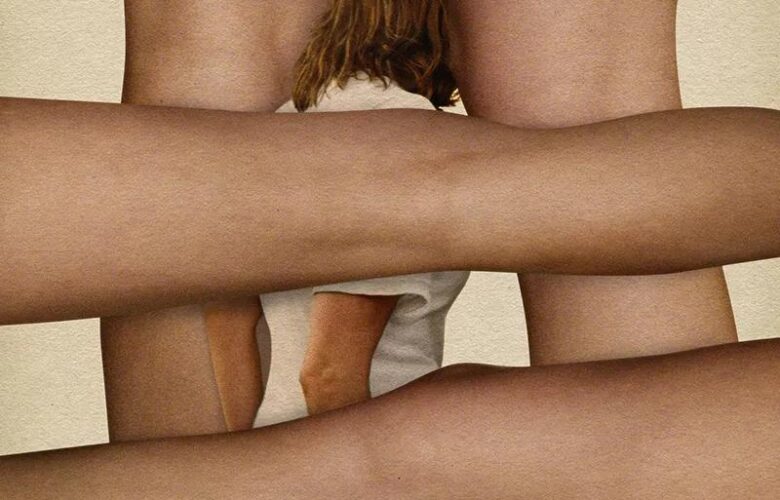Dogtooth (2009), directed by Yorgos Lanthimos, is a deeply unsettling and thought-provoking Greek film that explores themes of control, indoctrination, and the distortion of reality. Here’s a detailed analysis of its key elements:
1. Plot Overview
The film follows a dysfunctional family living in complete isolation from the outside world. The parents (only referred to as Mother and Father) have raised their three adult children—two daughters and a son—under a bizarre system of lies, fabricated language, and strict rules. The children believe that the outside world is dangerous, that cats are deadly predators, and that they can only leave home when their “dogtooth” (a canine tooth) falls out.
2. Themes
A. Absolute Control and Indoctrination
- The parents exert total psychological control over their children, manipulating their understanding of reality.
- They redefine language (e.g., “sea” means “chair,” “zombie” means “small yellow flower”) to reinforce their authority.
- The children’s worldview is entirely shaped by the parents’ lies, illustrating how power structures dictate perception.
B. Perversion of Family and Authority
- The family unit, traditionally a space of nurture, becomes a prison.
- The father enforces his dominance through violence (e.g., beating the son for disobedience) and sexual control (hiring a security guard to satisfy the son’s urges).
- The mother is complicit, showing how oppressive systems rely on passive collaboration.
C. Rebellion and Consequences
- The eldest daughter, Christina, begins questioning her reality after smuggling in outside influences (VHS tapes, makeup).
- Her eventual escape (hiding in the car trunk) suggests a desperate but uncertain bid for freedom—will she survive, or is the outside world truly as dangerous as she was told?
D. Absurdity and Dark Humor
- The film blends disturbing content with deadpan absurdity (e.g., the children licking each other’s wounds as “medicine,” the son pretending to be a dog).
- This surreal tone critiques blind adherence to irrational authority.
3. Symbolism & Visual Style
A. The Dogtooth Myth
- The titular “dogtooth” represents a false promise of freedom—the children believe losing it will grant them independence, but it’s just another lie.
B. Sterile, Confined Setting
- The house and garden are pristine but claustrophobic, mirroring the controlled yet hollow existence of the family.
- High walls and gates symbolize both physical and mental imprisonment.
C. Animal Imagery
- The father brings a cat into the house to “prove” it’s dangerous, reinforcing fear of the unknown.
- The son’s dog-like behavior reflects dehumanization under extreme control.
4. Influences & Comparisons
- Michael Haneke’s The White Ribbon (another exploration of authoritarian upbringing).
- Luis Buñuel’s The Exterminating Angel (absurdism and trapped characters).
- George Orwell’s *1984* (language as a tool of control).
5. Why It’s Disturbing Yet Brilliant
- Lanthimos doesn’t explain the parents’ motives, leaving viewers to question whether this is a metaphor for political regimes, religious cults, or extreme parenting.
- The lack of traditional narrative resolution forces the audience to sit with the discomfort.
Final Thought
Dogtooth is a chilling allegory about how systems of power maintain control through misinformation, fear, and isolation. Its cold, detached style makes the horror even more unsettling, leaving a lasting impact on the viewer.

